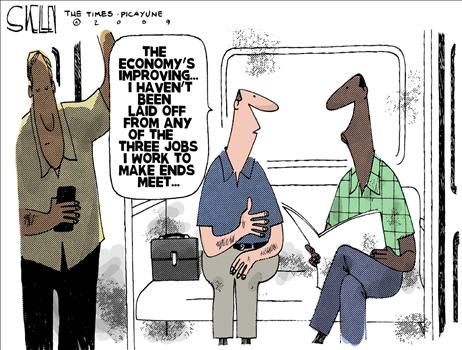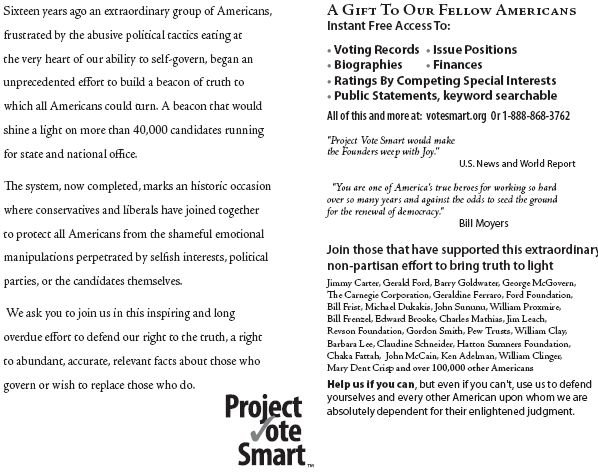[Heard Mr. Woods speak at the Los Vegas Freedom Fest, where he explained that until 2007, one of the most sever and rapidly recovered from recessions our country has ever had didn't even have an entry in Wikipedia - which has an entry for everything - and that the " '21 episode' continues to be ignored in our institutions of 'higher learning' to this day. Read and decide why that might be for yourselves...]
Wikipedia:
The 1921 recession was an extremely sharp deflationary recession following World War I. It lasted from January 1920 to July 1921 [18 months].[1] The extent of the deflation was not only large, but large relative to the accompanying decline in real product. [2] The 1921 episode is shocking in terms of both the severity of the downturn and for the rapid nature of the recovery.
The National Bureau of Economic Research dates the 1921 recession from a general business peak in January 1920 to a trough in July 1921. The recession in the United States was brief relative to the Great Depression later that decade, but it included a very sharp price deflation. The decline in the GNP price deflator from 1920 to 1921 is the largest one-year percentage decline in the series in the more than 120 years covered.[2]
Various estimates show that one-year deflation figures were 18 percent, 13.0 percent, and 14.8 percent, respectively. The closest comparator is the 11.5 percent deflation recorded for 1931-32, the third year of the Great Depression. All other years of the Great Depression in which real GNP declined were all well below the 1920-21 figures.[2]
[I.e., it started out considerably worse than the great depression...]
Austrian school economists and historians argue that the 1921 recession was a necessary market correction, required to engineer the massive realignments required of private business and industry following the end of the War (which had marked a period of mass government distortions to free markets).
President Harding's laissez faire economic policies during the 1920/21 recession, combined with a coordinated aggressive policy of rapid government downsizing, had a direct influence (mostly through intentional non-influence) on the rapid and widespread private-sector recovery.[3]
A buoyant expansion followed the severe contraction of 1920-1921. In the 22 months after the depression bottom, industrial production rose 63%, the money stock expanded by 14%, and wholesale prices rose by 9%. Net national product rose 23% in the corresponding two calendar years.
Woods argues that the massive 1921 recession and subsequent rapid recovery is an episode in the history of capitalism and economics that is woefully understudied. He believes it to be a watershed case proving that free markets adjust prices and supplies much more efficiently than any government coordinated action, and that Keynesian philosophy ignores the '21 episode because it suggests government intervention prolongs such "crises."
[And our 'professional educators' today? Most are still teaching Keynesian economics as valid, despite all contrary negative (our 1930's, Japan's 1990's) or positive (Kenedy, Reagan, Bush tax cuts) evidence to the contrary. Why? Because such artificial influence on economies is code for government intervention - with which come social power.
You connect the dots. Lessons will be repeated until learned.]
READ MORE
Monday, August 24, 2009
THE BIGGEST MISSING STORY IN ECONOMICS
Subscribe to:
Post Comments (Atom)














No comments:
Post a Comment